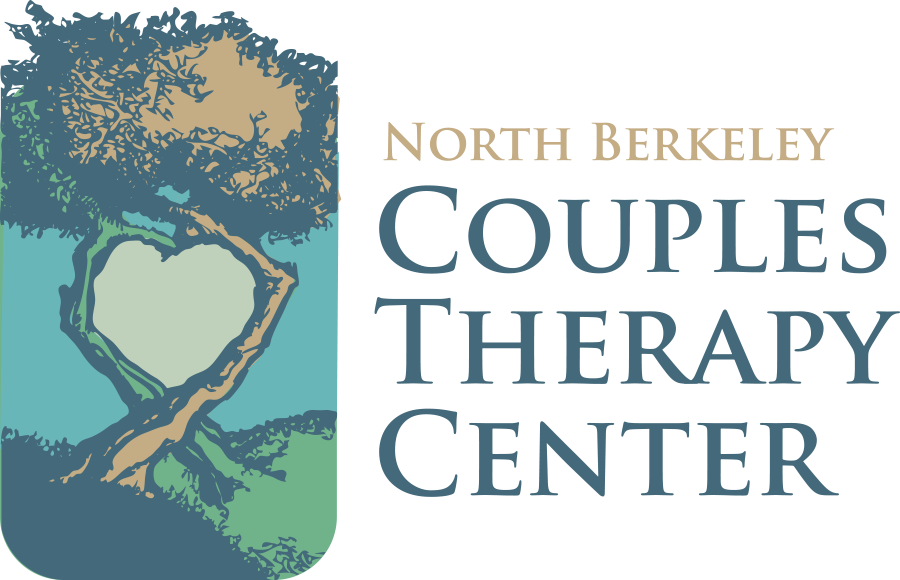North Berkeley Couples Therapy Center's East Bay psychologists, sexologists and couples psychotherapists offer pre-marital, marriage and couples counseling, individual therapy and sex therapy to help heal problematic attachment styles and create the loving healthy relationship you seek
About Attachmemt:
Social connection and attachment to others is a fundamental human need (Bowlby, 1988; Fairbain, 1952). Even under painful circumstances, intense emotions and stimulation have a tendency to build bonds between people (Dutton & Painter, 1993a,b); thus, attachment will be considered in the context of high-conflict couples (Blizard & Bluhm, 1994; Campbell, 2008).
In the 1950’s, Fairbairn (1952) departed from earlier psychoanalysts’ views by positing that the principal driving force in humans was not biological drive (e.g., hunger, sex and aggression) but attachment to the primary caregiver. Fairbairn thought this was also true of adult relationships and created a biological vulnerability for bonding in intermittent high-stress attachments, such as chronic arguing in an intimate partnership.
Bowlby (1969/1971, 1973) further elaborated on attachment theory. Bowlby (1988) later explained several distinct patterns of attachment styles. He theorized that in early childhood, the dominant pattern of attachment becomes engrained and is subsequently difficult to alter. A template created from this pattern of attachment is imposed on all future relationships, distorting the child's perceptions to accommodate the attachment style (Blizard & Bluhm, 1994).
The child’s internal working model, created through experiences of early parental relationships, will serve as an attachment-style prototype or template regarding whether the individual can rely on others to fulfill his or her needs and whether he or she has an internal locus of control and feels capable of influencing the environment. Thus, the child’s internal working models shape expectations of relationships throughout life (Macke, 2010). Early childhood relationships appear to affect subsequent relationships throughout life (Kesner, Julian, & McKenry, 1997). Studies have supported Bowlby's hypothesis that attachment styles are relatively consistent and predictable throughout a person’s life (Baldwin & Fehr, 1995; Hamilton, 2000; Kirkpatrick & Hazan, 1994).
The ethology of attachment theory posits that the most critical component of child-parent relationships is the desire to seek safety, rather than the Freudian-proposed hunger drive (Blizard & Bluhm, 1994; Bowlby, 1988; Fairbain, 1952). It is theorized that children’s behavior of staying closely connected to the primary caregiver (i.e., proximity-seeking behaviors toward the attachment figure) stems from an inherent need to maintain or restore safety for survival. In healthy family systems, children who feel distressed rely on their parents to provide the safety that children are as yet unable to provide for themselves. When parents are responsive, children develop trust in parents’ support and comfort (i.e., view them as a safe base), and internalize safety, trust, and a sense of being loved and cared for.
Biologically, a child is wired to turn to parents for support, even when a parent is abusive. When children are repeatedly harmed at the hands of their parents, the children’s pattern of seeking comfort from parents will eventually become disrupted and the children will seek safety in other ways. Disorganized attachment can result. Children will attempt to rely on themselves or negate their own needs by adopting the abusive parent’s needs as their own. As adults, these individuals may actively avoid conflicts and/or defer to their partners. This type of attachment may create vulnerability or later susceptibility to unhealthy relationship dynamics (Macke, 2010).
Couples and marriage counseling, as well as individual psychotherapy, can help heal attachment wounds and change problematic relationship dynamics.
Call today for a free 15-minute phone consultation or to schedule an appointment.
(510) 982-6401.



